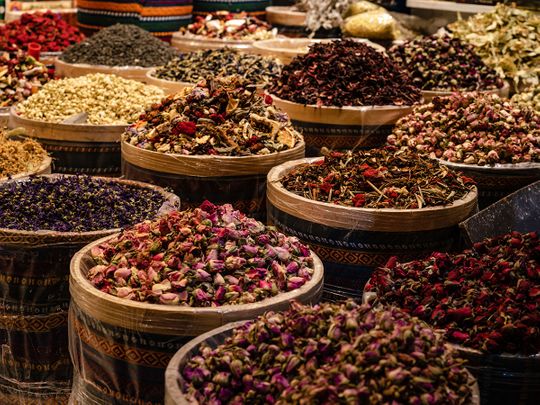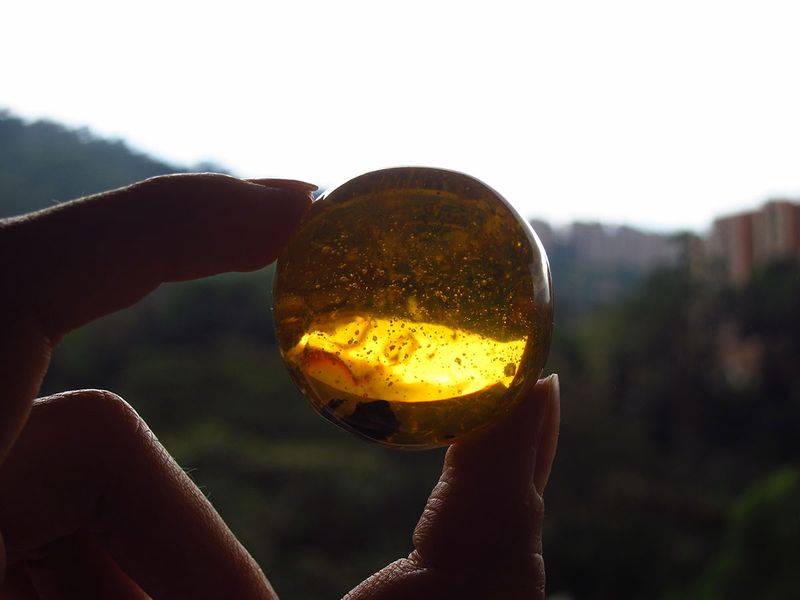
Today, if you want a silk top or a wicker chair, you have to head to the mall. But in ancient times, if you or someone in your village didn’t grow, herd or make what you needed, you had to travel to look for it. And so began the trade routes of the ancient world.
Click start to play today’s Word Search, where you can spot “trade” in the puzzle.
For many towns across the world, the effort of trading was too much. Those places, understandably, have only rare appearances in our history books. Other towns became hubs of commerce and established trade routes that spread far and wide. Their influence and impact is still felt all around the world today. Here are five trade routes that made their mark:
1. The Silk Road
Perhaps the most famous of them all, this ancient trade route linked the major civilisations of China and the Roman empire. China provided Rome with silk in the first century BC, in exchange for wool, silver and gold. The Silk Road also became an important crossroads for the spread of knowledge, technology, and the arts. On the flip side, some historians think it was merchants travelling along the route who spread the plague bacteria, which eventually caused the Black Death that resulted in nearly 200 million deaths in Eurasia and North Africa in the 1300s.
2. The Spice Routes
This route wasn’t based on land – it was a maritime path linking the East to the West. Pepper, cloves, cinnamon and nutmeg were all in high demand in Europe, but they were costly and rare. With the Age of Exploration in the 15th century, Europeans took to the sea to get the spices directly from their source, in Indonesia, China and Japan. Some historians think the spice trade helped propel the engineering of faster boats, and the discovery of new lands. Even Italian explorer Christopher Columbus set out on his famous voyage of 1492 to look for India, with spices in mind.
3. The Incense Route

Developed to convey frankincense and myrrh, a significant commodity for Romans, Greeks and Egyptians, the route was established from the southern part of the Arabian Peninsula – modern-day Oman and Yemen. When the camel was domesticated around 1,000 BC, Arabs were able to begin transporting the incense to the Mediterranean, an important trade hub. At the height of its popularity, the trade route took 62 days to complete, according to Roman historian Pliny the Elder.
4. The Amber Road

Amber has been traded since as far back as 3,000 BC. The Romans valued amber for both its decorative and medicinal properties, and developed a route linking the Baltics with the rest of Europe. Amber deposits are scattered under the Baltic Sea, having formed millions of years ago when forests covered the region. The amber washes ashore during storms and can be harvested from beaches across the Baltics.
5. The Trans-Saharan Trade Route
Extending from North Africa to West Africa, this massive route was made of a number of smaller roues, creating a criss-cross of trading links in the desert. Emerging in the fourth century AD, the routes were well established by the 11th century, when caravans of more than a thousand camels would transport good across the Sahara Desert. From gold and salt to cloth and ostrich feathers, a variety of items were traded along this route.
Which trade route is new to you? Play today’s Word Search and tell us at games@gulfnews.com.



